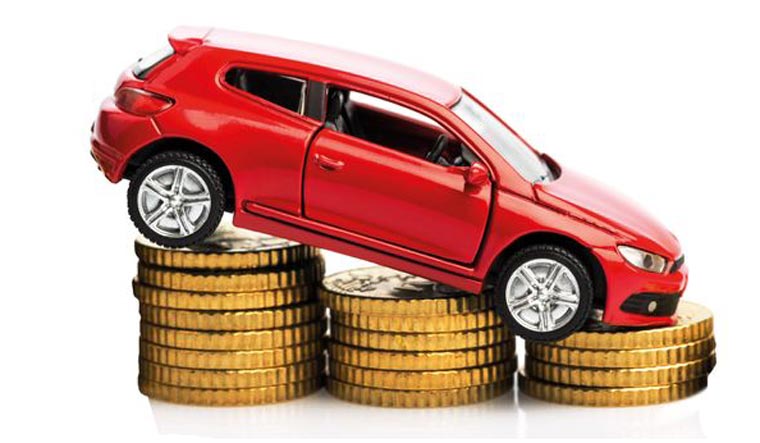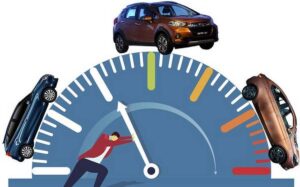As India continues to open up, passenger vehicle (PV) registrations saw a year-on-year drop of 25% to 1,57,373 units in July 2020, as per the data shared by the Federation of Automobile Dealers Association (FADA) based on VAHAN.
With the historic month of zero sales in April and partial resumption of operations in the month of May and June, The month of July saw better registrations compared to June. Though on a YoY basis auto sector recovery is yet to be seen anywhere near normal.
Auto sales post COVID-19-The road to recovery
The automotive sector was bracing for a difficult year even before the COVID-19 pandemic. Auto sales had been tepid for 12 to 15 months when the outbreak stalled production and overall economic activity. The industry now faces concerns on short-term liquidity as well as long-term growth in revenue and profitability, even as automakers restart production and dealerships record sales again with a gradual relaxation of the lockdown. As it emerges from this crisis, the industry will need to realign itself to some of the new realities of the post-COVID-19 world that are outlined here. These themes are set to shape their road to recovery.
- Going digital
- Online marketing
- Innovating with new features
- Growth of subscription models
Commenting on the July retail sales, FADA President Ashish Harsharaj Kale said as the country continues to open up, last month saw better registrations compared to June, though on a year on year basis auto sector recovery is yet to be seen anywhere near normal.
Current market conditions are still not indicative of the actual demand situation on an all India level and retail continue to de-grow in huge double-digit despite the low base of last year, he noted.
The rural market though continues to show strong growth as monsoon continues its good spell. Tractor, small commercial vehicles and motorcycle sales positively impacted with the monsoon progress and spread.”
On the other hand, Kale states that Banks and NBFCs though flush with high liquidity are still having “a cautious approach towards funding auto retail”, which is affecting the demand revival especially in CV, 3W and 2W segments. FADA notes that vehicle funding percentage has fallen by 10-15 percent in many segments increasing the initial contribution beyond the reach of many customers, despite having the intent to buy.
The sales outlook for August
with no further lockdowns expected, especially in auto manufacturing hubs, the outlook for the month is positive in comparison to July. In addition, the month of August also marks the beginning of long festival season. “With Onam and Ganesh Chaturthi in next few days, FADA hopes that Auto Industry will start its recovery journey in a linear manner.”
On the other hand, FADA states that extreme caution is required by OEM’s towards “wholesale billing being in tune with retail sales to avoid dealer inventory build-up.”
FADA says retail sales are still at just 60-70 percent levels compared to the same period last year, despite the low base of last year. This has led to dealers battling on many fronts to navigate through this unprecedented crisis and disproportionate inventory. The excessive interest cost could further put many on the border of business survival.
For the full-year outlook FADA continues to remain negative with a projected de-growth in retail sales in the range of 15-35 percent across various segments, except tractors, which looks set to clock a positive annual growth.



